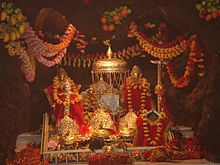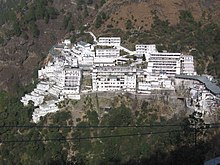India holds first formal meeting with Taliban in Qatar The Indian ambassador to Qatar met with the head of the Taliban’s political office in Doha, India’s foreign ministry says. India’s ambassador to Qatar has held talks with a top Taliban leader, the Indian foreign ministry said, the first formal diplomatic engagement since the group took over Afghanistan. The envoy, Deepak Mittal, met Sher Mohammad Abbas Stanekzai, the head of the Taliban’s political office, in Doha on Tuesday at the request of the Taliban, the foreign ministry said. India has long had concerns about the Taliban because of the group’s close ties to archrival Pakistan. The foreign ministry said the two sides discussed the safety of Indians left behind in Afghanistan. Mittal also conveyed India’s fears that anti-India fighters could use Afghanistan’s soil to mount attacks, the foreign ministry said. “The Taliban representative assured the ambassador that these issues would be positively addressed,” the foreign mi...









Comments
Post a Comment